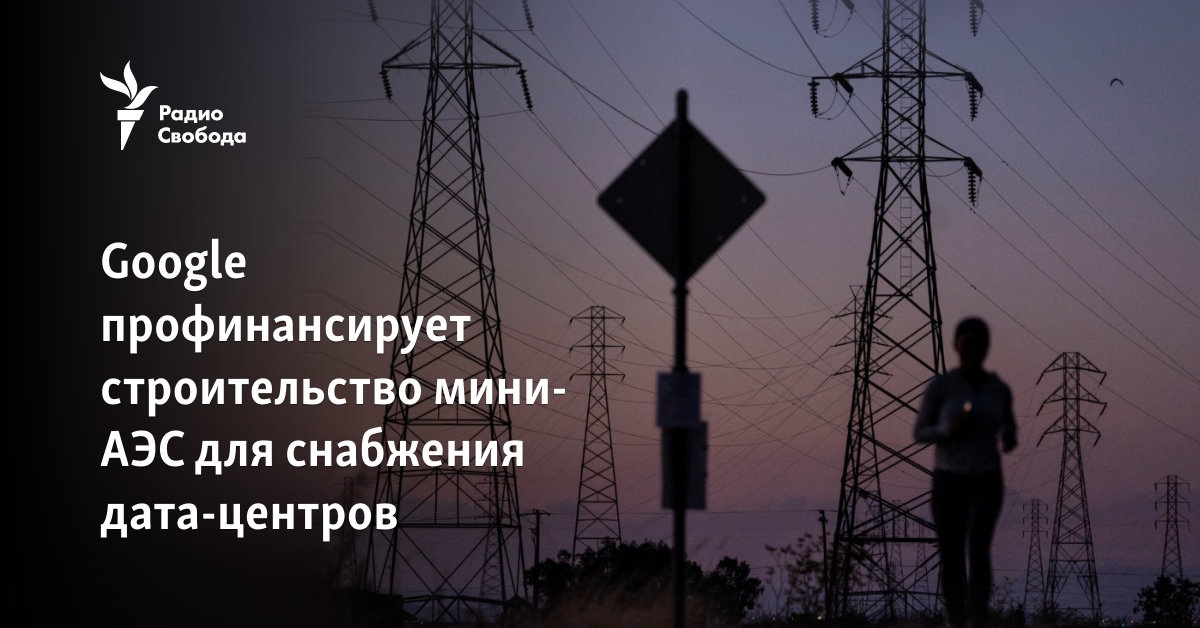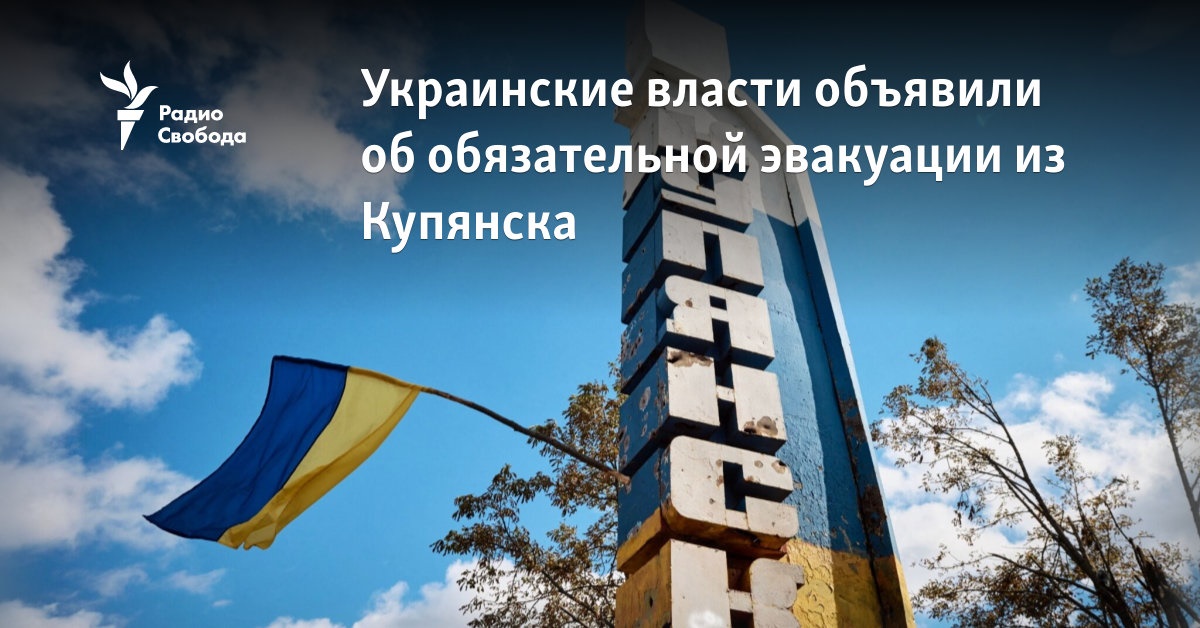The CSAO has published a list of higher education institutions by degree of risk

The CSAO has published a list of higher education institutions by degree of risk
Fotofabrika/Depositphotos
The State Service for the Quality of Education (SSEQ) has published a list of higher education institutions by degree of risk as of the 2024/2025 academic year.
14 of them received the status of “high risk”, including a number of private institutions, it is said on the institution’s website.
It is worth noting that the degree of risk does not indicate the quality of a higher education institution.
“The degree of risk is a calculation of the degree of complication or riskiness of the management activity of higher education institutions. They demonstrate how difficult it is to organize management in an educational institution. The more complicated, the higher the degree of risk.” – told the head of the control and accreditation department in the field of professional pre-higher and higher education Natalya Vitranyuk in a comment for “UP. Life”.
The degree of risk affects the periodicity of planned inspections of the higher education institution, but they are suspended during the war.
According to the law, institutions of higher education with a high degree of risk must be inspected once every two years, with an average one – no more than once every three years, and with a minor one – no more than once every five years.
“These lists are an opportunity for educational institutions to see what they need to pay attention to,” Vitraniuk noted.
Higher education institutions with a high level of risk included:
- International Academy of Ecology and Medicine (Kyiv);
- East European Slavic University (Uzhhorod);
- Dnipro Academy of Music (Dnipro);
- Academy of Cinema and New Media (Kyiv);
- Berdyansk University of Management and Business (Berdyansk);
- Pylyp Orlyk International Classical University (Mykolaiv);
- Institute of Psychology and Entrepreneurship (Kyiv);
- International University (Kyiv);
- Kyiv University of Law, National Academy of Sciences of Ukraine (Kyiv);
- Kharkiv State Academy of Physical Culture (Kharkiv);
- Mykhailo Tugan-Baranovsky Donetsk National University of Economics and Trade (Kryvyi Rih);
- East European University named after Rauf Ablyazov (Cherkasy);
- Odessa State University of Internal Affairs (Odesa);
- Academy of Marine Sciences and Innovations (Mykolaiv).
In particular, the National Aviation University, Kyiv Municipal Academy of Music named after R. M. Glyer and Kyiv University of Tourism, Economics and Law were removed from this list. Now they have an average degree of risk.
A total of 289 institutions of higher education were included in the rating this year. 14 higher education institutions were classified as high risk (5%), 142 as medium (49%) and 133 as insignificant (46%).
Last year, the statistics were worse: 28 universities had a high degree of risk (10%), 186 – medium (64%) and 76 – insignificant (26%).
The level of risk among the best universities of Ukraine, which entered to the QS World University Rankings 2024 international ranking:
- Kyiv National University named after Taras Shevchenko – secondary;
- Kharkiv National University named after V. N. Karazin – secondary;
- National Technical University of Ukraine “Kyiv Polytechnic Institute named after Ihor Sikorsky” – minor;
- National Technical University “Kharkiv Polytechnic Institute” – minor;
- National University “Lviv Polytechnic” – insignificant;
- Sumy State University – secondary; National University “Kyiv-Mohyla Academy” – insignificant;
- Odesa National University named after I. I. Mechnikov – insignificant;
- Ivan Franko National University of Lviv – insignificant;
- Kharkiv National University of Radio Electronics – insignificant;
- The National University of Bioresources and Nature Management of Ukraine is insignificant.
The State Education and Research Center says that over the past three years, the share of universities with poorly filled websites has significantly decreased. The number of institutions with a share of published documents, materials and information at the level of 91-100% has doubled.
“At the same time, the Service draws attention to the need to constantly maintain the content of websites in an up-to-date state. In particular, it concerns the publication of information about the system of internal quality assurance of education (results of monitoring the quality of education, annual evaluations of teachers and applicants), the course of the admissions campaign, scientific activities of the institution, etc.” – says the institution’s website.
Among the evaluation criteria:
- the number of higher education graduates during the last three years;
- the number of scientific and pedagogical workers employed by the main place of work;
- the status of publication of legally defined documents and information on the official website of the higher education institution;
- the number of violations of the requirements of the legislation in the field of higher education, detected during the last five years, preceding the planning period;
- the presence of separate structural subdivisions;
- the presence of foreign students of higher education;
- share of non-accredited specialties and educational programs.
We will remind you that recently the Ukrainian University got there for the first time to the most prestigious world ranking of universities.










